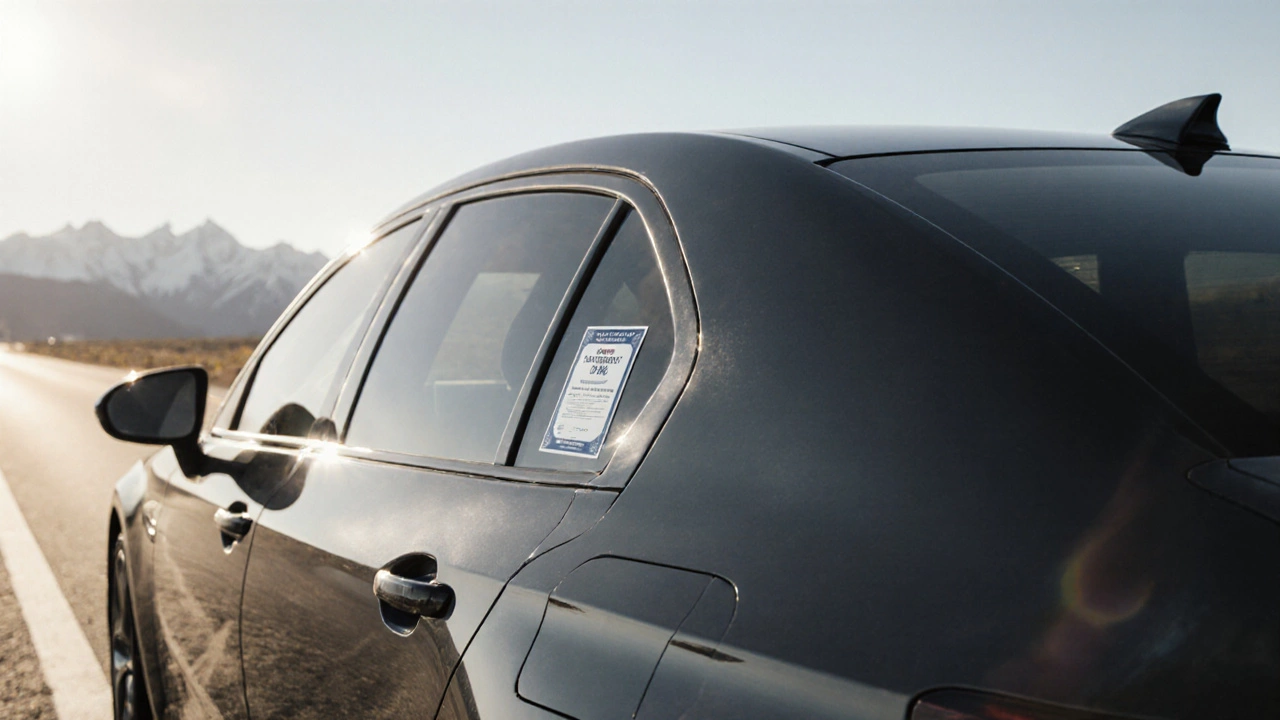5% Window Tint Legality in Colorado - What You Need to Know
- Gareth Westbrook
- 9 10 2025 Window Tinting
Find out if a 5% window tint is legal in Colorado, learn the VLT limits for each glass area, understand penalties, and get a compliance checklist.
When dealing with Tint Violation Penalties, the fines and legal consequences imposed when a vehicle's windows are tinted beyond the permitted darkness. Also known as tint fines, it directly ties to compliance with local tint regulations and can result in vehicle inspections or tickets.
Understanding Window Tinting, the process of applying a thin film to vehicle glass to reduce glare and heat is the first step. The darkness of that film is measured against Legal Tint Limits, the maximum VLT (Visible Light Transmission) percentages set by law for each window. When a tint exceeds these limits, Police Enforcement, the authority's power to stop, inspect, and issue citations for non‑compliant vehicles steps in, often resulting in a fine. In short, tint violation penalties encompass monetary fines, mandatory re‑tinting, and sometimes registration holds.
First, always check the specific VLT percentages for front, side, and rear windows in your area—these numbers differ by state or region. Second, keep documentation of the tint product and installer; a receipt can help prove compliance if you’re pulled over. Third, remember that a failed inspection usually means you’ll need to replace the film, not just pay a fine, which can add to the cost. Finally, staying within the legal limits not only avoids tickets but also improves night‑time visibility, keeping you safer on the road.
The collection below pulls together articles that break down everything from how to measure tint darkness, to real‑world stories of police stops, and step‑by‑step guides for fixing illegal tint. Dive in to see practical tips, legal thresholds, and ways to stay clear of costly penalties.

Find out if a 5% window tint is legal in Colorado, learn the VLT limits for each glass area, understand penalties, and get a compliance checklist.